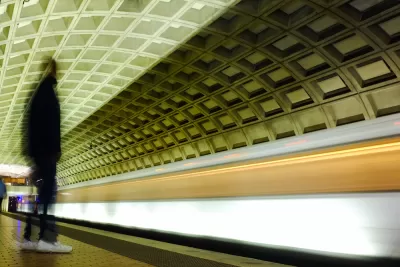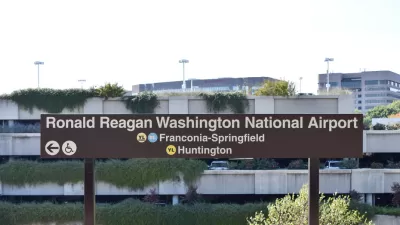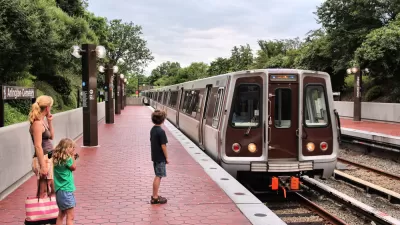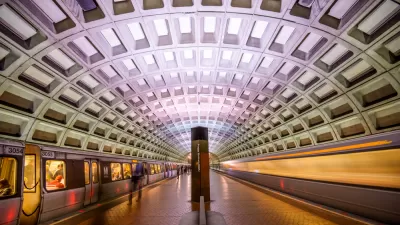Greater Greater Washington's "Metro Reasons" column analyses the latest ridership data from the D.C. Metro system. Riders have not returned to the system after the SafeTrack repair program concluded in 2017.

The Washington Metropolitan Area Transit Authority (Metro) released new financial data this week that sheds light on the ongoing decline of ridership on the transit system's buses and trains.
Stephen Repetski reports on the latest data, finding plenty to be concerned about. The dominant narrative, however, is that riders are not returning to the system now that the SafeTrack repair program has concluded:
Through the third quarter of FY 2018 (July 2017 through March 2018), the average number of weekday trips taken on Metrorail was 598,000, according to the agency — a 0.1% increase from last year during which SafeTrack shuttered portions of the rail system, but 2.1% below what Metro budgeted. Average weekday ridership in May 2017 was 612,000 while May 2016’s numbers were 639,000.
Repetski also focuses on the ridership numbers on the system's bus routes, also in decline, neatly following a fare increase at the beginning of the 2018 fiscal year. Metro bus ridership declined in larger numbers in Virginia.
FULL STORY: Metro Reasons: Metro’s bus and rail ridership has taken a dive

Alabama: Trump Terminates Settlements for Black Communities Harmed By Raw Sewage
Trump deemed the landmark civil rights agreement “illegal DEI and environmental justice policy.”

Planetizen Federal Action Tracker
A weekly monitor of how Trump’s orders and actions are impacting planners and planning in America.

Why Should We Subsidize Public Transportation?
Many public transit agencies face financial stress due to rising costs, declining fare revenue, and declining subsidies. Transit advocates must provide a strong business case for increasing public transit funding.

Understanding Road Diets
An explainer from Momentum highlights the advantages of reducing vehicle lanes in favor of more bike, transit, and pedestrian infrastructure.

New California Law Regulates Warehouse Pollution
A new law tightens building and emissions regulations for large distribution warehouses to mitigate air pollution and traffic in surrounding communities.

Phoenix Announces Opening Date for Light Rail Extension
The South Central extension will connect South Phoenix to downtown and other major hubs starting on June 7.
Urban Design for Planners 1: Software Tools
This six-course series explores essential urban design concepts using open source software and equips planners with the tools they need to participate fully in the urban design process.
Planning for Universal Design
Learn the tools for implementing Universal Design in planning regulations.
Caltrans
Smith Gee Studio
Institute for Housing and Urban Development Studies (IHS)
City of Grandview
Harvard GSD Executive Education
Toledo-Lucas County Plan Commissions
Salt Lake City
NYU Wagner Graduate School of Public Service





























